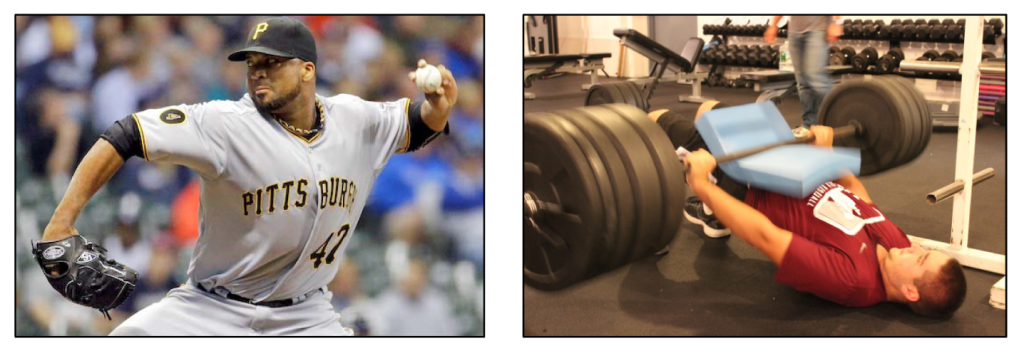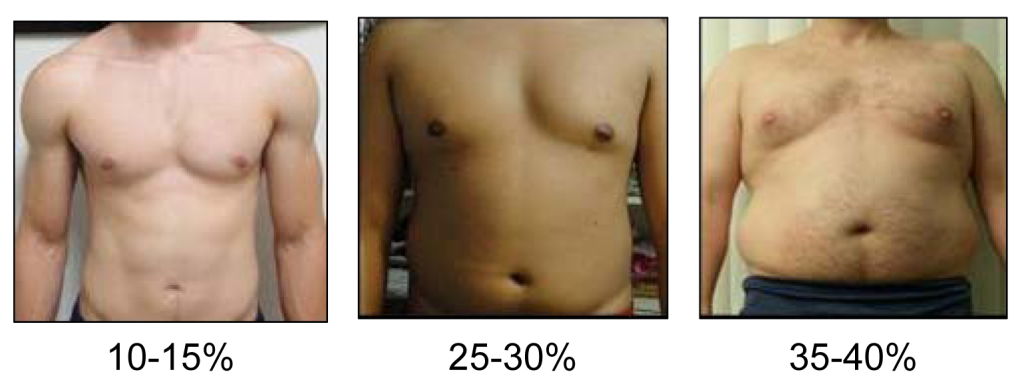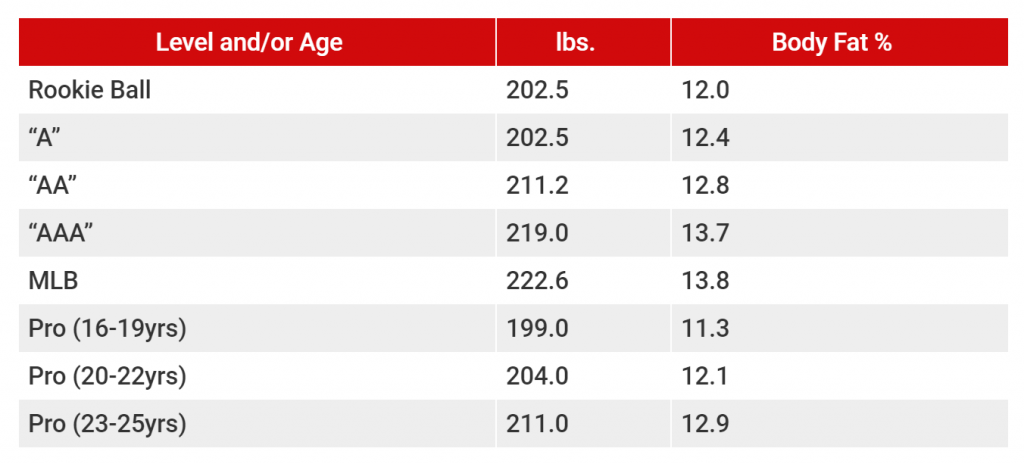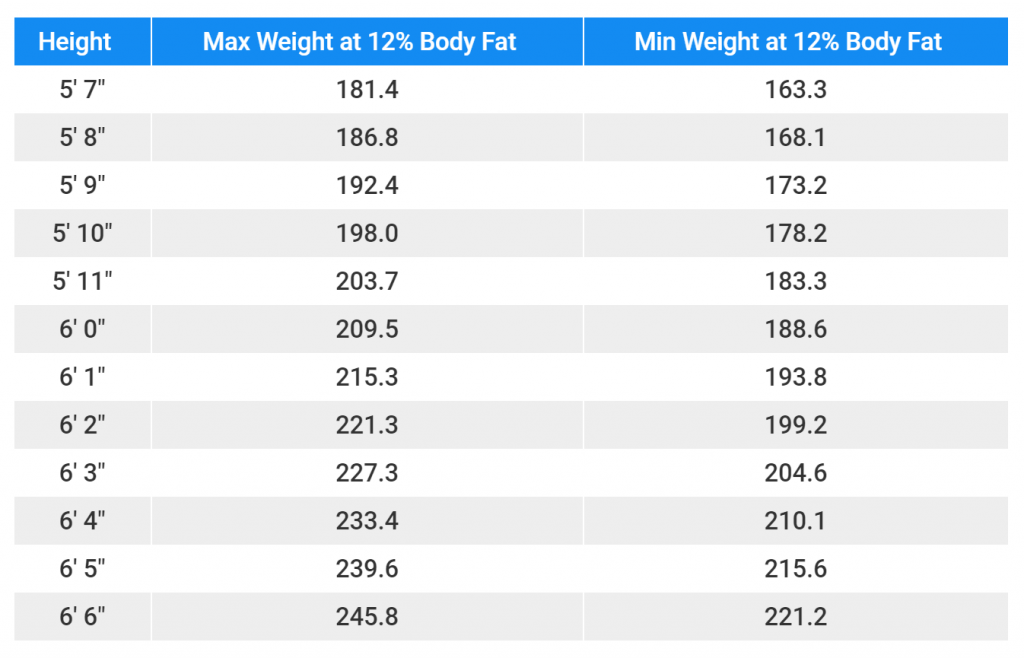
Your velocity has been climbing all your life at a respectable and more importantly SAFE rate. All of a sudden you’ve been stuck at the same mph for a year and a half and you’re not budging. You’ve tried what you believe is everything to get to the next rung and you’re stuck. Well, making that jump requires more than just pitching lessons and ramping up your throwing program. You’ve tried that and it’s not working. So hear me out….
Throwing a baseball at high speeds is highly correlated to being able to transfer ground forces up through the lower half, through the core and into the arm as quickly as possible. This helps create significant incremental “arm speed” or quicker “quick arm”.
While identifying and correcting disconnects in the delivery such as acromial line and forearm flyout will certainly help speed up a late arm, increasing muscle size is directly related to how much force can be applied and how quickly. In other words, nothing will be a bigger deal breaker for throwing harder than getting stronger by putting on more muscle!
Unfortunately this is where many young high school and college athletes fall short. One reason may stem from their parents buying into a couple of old myths:
Myth #1 – Packing on Muscle Will Make You Stiff – One parent came in last week with their 5’8” 120 lbs. son. He wanted us to get him strong but was afraid lifting was going to make him stiff and move less athletically (oh yeah, did I mention that he’s in 10th grade and throws 73 mph?).
Well, if all he does is lift at the local gym and sit around texting and playing video games the rest of the time, they’re probably right. But if he participates in a strength training program that not only packs on muscle but maintains excellent movement quality by improving his mobility and flexibility as well, there is no quicker path to safely throwing harder.
(Bowler Squats)
(Chain Push-ups)
Myth #2- Lifting Weights Will Get You Hurt – Another good one I hear is that they don’t “want them to get hurt”. Let me first say that as a father myself, I completely respect and appreciate this sentiment. Let me also say that anything done incorrectly (especially throwing mechanics) can help contribute to injury. But as I heard Eric Cressey once say and I can second this “I’ve seen more kids get hurt from throwing a baseball than lifting weights”. Lifting weights doesn’t cause Tommy John, throwing too much and incorrectly does.
When it comes to increasing body weight and throwing velocity, if someone can’t control their mass this usually means that too much of their body weight is composed of fat rather than muscle. So ideally we want both body weight and body fat to be within a certain range. Most (not all) of today’s minor league and professional pitchers, on average, have anywhere between 10-15% body fat. To measure body fat and mass you could easily get a scale that does both. Below is what 225 lbs. looks like at different body fat percentages.

And here are some averages of pro players weight/body fat % that have been published in the past (Courtesy of Graeme Lehman):

If you want to know where you stand in regards to muscle mass, here’s a great reference for average weight ranges among young, high level pitchers based on height (Courtesy of Graeme Lehman):

If you’re not within 10-20 lbs. of the minimum end of the above range for your height, you need to get in the gym and also take part in a nutrition plan to put on weight (please click here if you would like more info on this topic).
There’s some more good news here. While such factors as height and limb length are primarily genetic and out of your control, putting on lean muscle mass is in your control and one of the easiest qualities to improve.
Strength training and daily mobility work will not only help you get over that velocity slump you’re in, it will help keep your arm and body healthier all year, as well as improving your confidence (and posture) on and off the mound.
See ya’ in the gym…
By Nunzio Signore (BA, CPT, CSCS, NASM, PES, FMS)
